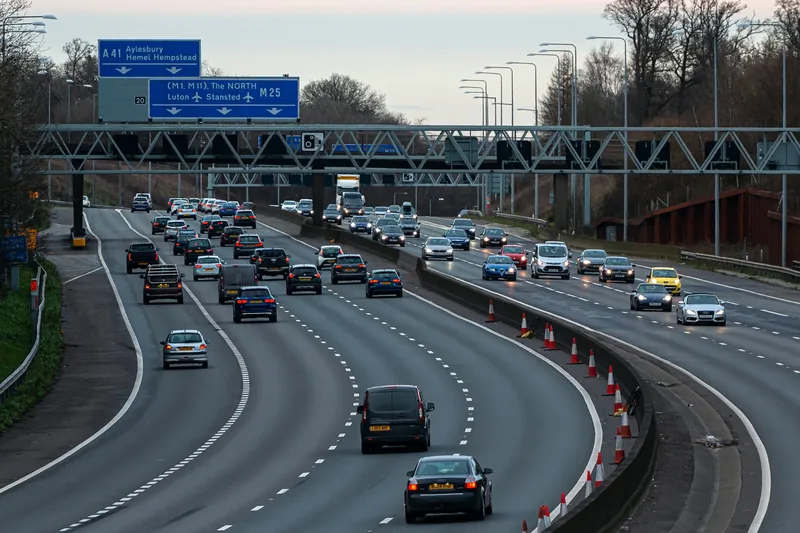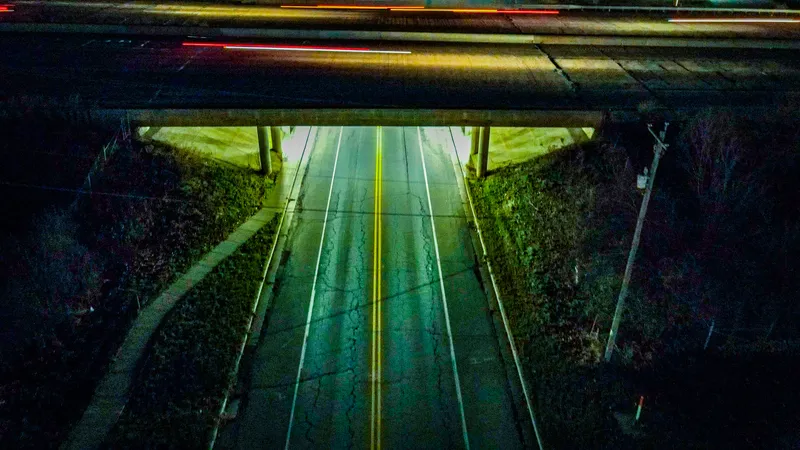The latest performance data for A9 speed camera system has been published by Transport Scotland on behalf of the A9 Safety Group, covering the period May 2015 to July 2015 (incidents are quarter two April to June) as an overall assessment of the performance of the route.
The report incorporates the first information in relation to collision and casualty figures covering the period from October 2014 to March 2015, which are reported against the average of the equivalent months in the preceding three year
July 28, 2015
Read time: 4 mins
The latest performance data for A9 speed camera system has been published by 505 Transport Scotland on behalf of the A9 Safety Group, covering the period May 2015 to July 2015 (incidents are quarter two April to June) as an overall assessment of the performance of the route.
The report incorporates the first information in relation to collision and casualty figures covering the period from October 2014 to March 2015, which are reported against the average of the equivalent months in the preceding three year period 2011-2013). Over the reported time period, compared to the defined baseline:
The number of fatal and serious collisions between Dunblane and Inverness is down by over 29 per cent, with fatal and serious casualties down 50 per cent, while the number of fatal and serious collisions between Perth and Inverness is down by over five per cent, with fatal and serious casualties down almost 41 per cent. The number of fatal and serious collisions and fatal and serious injuries between Dunblane and Perth is down 100 per cent.
The total number of injury collisions, including slight injury accidents, between Dunblane and Inverness is down by over 28 per cent, with a reduction in all forms of injury related casualty, again including slight injuries, of just over 50 per cent.
Three fatal collisions occurred between Perth and Inverness in the reporting period, some 20 per cent (0.5 accidents) higher than the average figure for the equivalent period over the three preceding years. Four fatalities resulted from these accidents, some nine per cent higher than the baseline average.
Commenting on the release of the data, a spokesperson for the A9 Safety Group said: “These most recent figures continue to demonstrate that driver behaviour on the A9 between Dunblane and Inverness has significantly improved since the introduction of average speed cameras. This technology continues to be the most effective measure in terms of ensuring compliance with the speed limit, with the A9 system delivering compliance levels in excess of 99.96 per cent. Despite rising traffic volumes the recorded number of incidents has continued to drop as well as the impact of these incidents in respect to closures and restrictions on the route. This has resulted in improved journey time reliability between Dunblane and Inverness.
“This is the first set of data to include casualty figures; these cover the period from October 2014 to March of this year. When compared to the average for the same period between 2011 and 2013, the number of fatal and serious casualties between Dunblane and Inverness is down by 50 per cent. There have also been substantial reductions in the number of injury accidents and the number of casualties overall. Whilst these figures are encouraging, we will continue to monitor the route over the coming months and years to build upon these early results.
“We continue to be concerned about the number of fatal accidents on the A9 and we are working to further improve the safety of the route, as we do across Scotland. The A9 Safety Group have been proactive in running safer driving campaigns for the A9, focusing on driver behaviour issues, including speed limit awareness, and we have also endorsed the Scotland wide ‘driver fatigue’ campaign to highlight the risks that driving when tired may present to users of the A9.”
Responding to the release of the figures,6187 Institute of Advanced Motorists’ director of policy and research, Neil Greig, said: “Whilst the IAM are of course disappointed by the small rise in fatalities in the first six months of camera operations, these early indications do show a clear link between high compliance with the speed limit and fewer crashes. Traffic has also been rising on the A9, which makes these figures even more impressive. The IAM remain convinced that average speed cameras on the A9 are delivering a safer road in advance of the final improvements to full dual carriageway status by 2025.”
The report incorporates the first information in relation to collision and casualty figures covering the period from October 2014 to March 2015, which are reported against the average of the equivalent months in the preceding three year period 2011-2013). Over the reported time period, compared to the defined baseline:
The number of fatal and serious collisions between Dunblane and Inverness is down by over 29 per cent, with fatal and serious casualties down 50 per cent, while the number of fatal and serious collisions between Perth and Inverness is down by over five per cent, with fatal and serious casualties down almost 41 per cent. The number of fatal and serious collisions and fatal and serious injuries between Dunblane and Perth is down 100 per cent.
The total number of injury collisions, including slight injury accidents, between Dunblane and Inverness is down by over 28 per cent, with a reduction in all forms of injury related casualty, again including slight injuries, of just over 50 per cent.
Three fatal collisions occurred between Perth and Inverness in the reporting period, some 20 per cent (0.5 accidents) higher than the average figure for the equivalent period over the three preceding years. Four fatalities resulted from these accidents, some nine per cent higher than the baseline average.
Commenting on the release of the data, a spokesperson for the A9 Safety Group said: “These most recent figures continue to demonstrate that driver behaviour on the A9 between Dunblane and Inverness has significantly improved since the introduction of average speed cameras. This technology continues to be the most effective measure in terms of ensuring compliance with the speed limit, with the A9 system delivering compliance levels in excess of 99.96 per cent. Despite rising traffic volumes the recorded number of incidents has continued to drop as well as the impact of these incidents in respect to closures and restrictions on the route. This has resulted in improved journey time reliability between Dunblane and Inverness.
“This is the first set of data to include casualty figures; these cover the period from October 2014 to March of this year. When compared to the average for the same period between 2011 and 2013, the number of fatal and serious casualties between Dunblane and Inverness is down by 50 per cent. There have also been substantial reductions in the number of injury accidents and the number of casualties overall. Whilst these figures are encouraging, we will continue to monitor the route over the coming months and years to build upon these early results.
“We continue to be concerned about the number of fatal accidents on the A9 and we are working to further improve the safety of the route, as we do across Scotland. The A9 Safety Group have been proactive in running safer driving campaigns for the A9, focusing on driver behaviour issues, including speed limit awareness, and we have also endorsed the Scotland wide ‘driver fatigue’ campaign to highlight the risks that driving when tired may present to users of the A9.”
Responding to the release of the figures,








